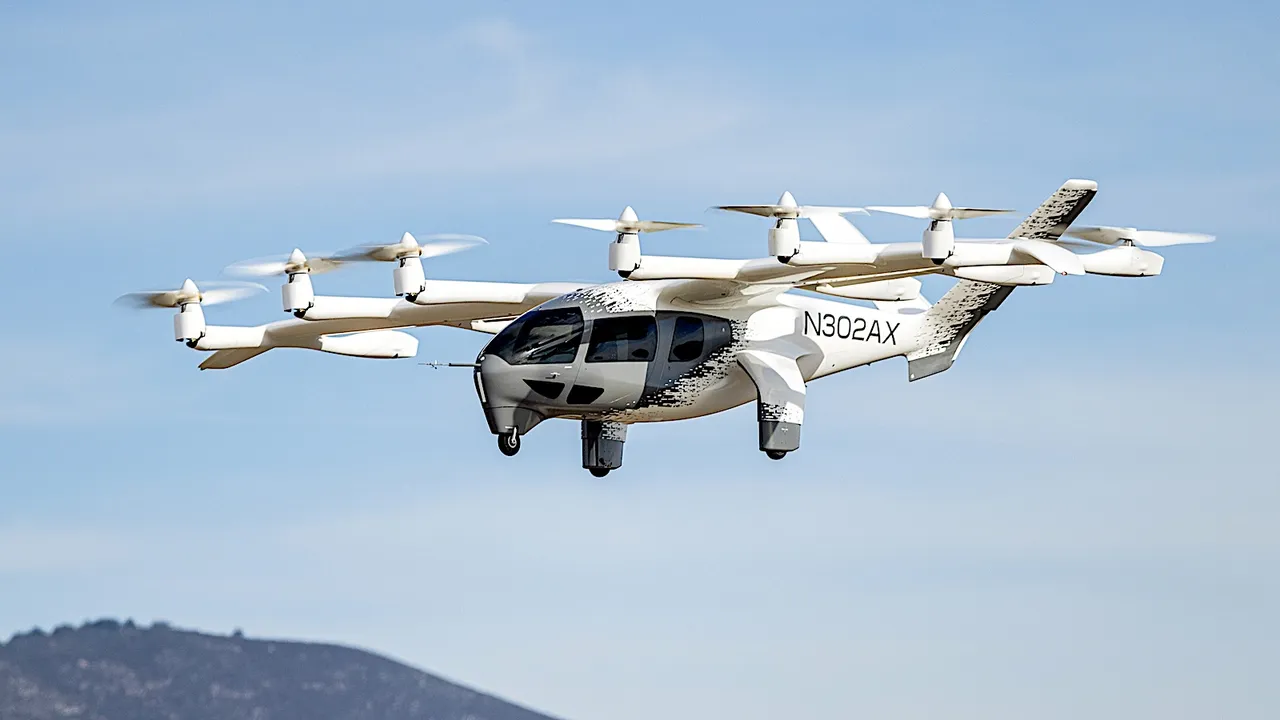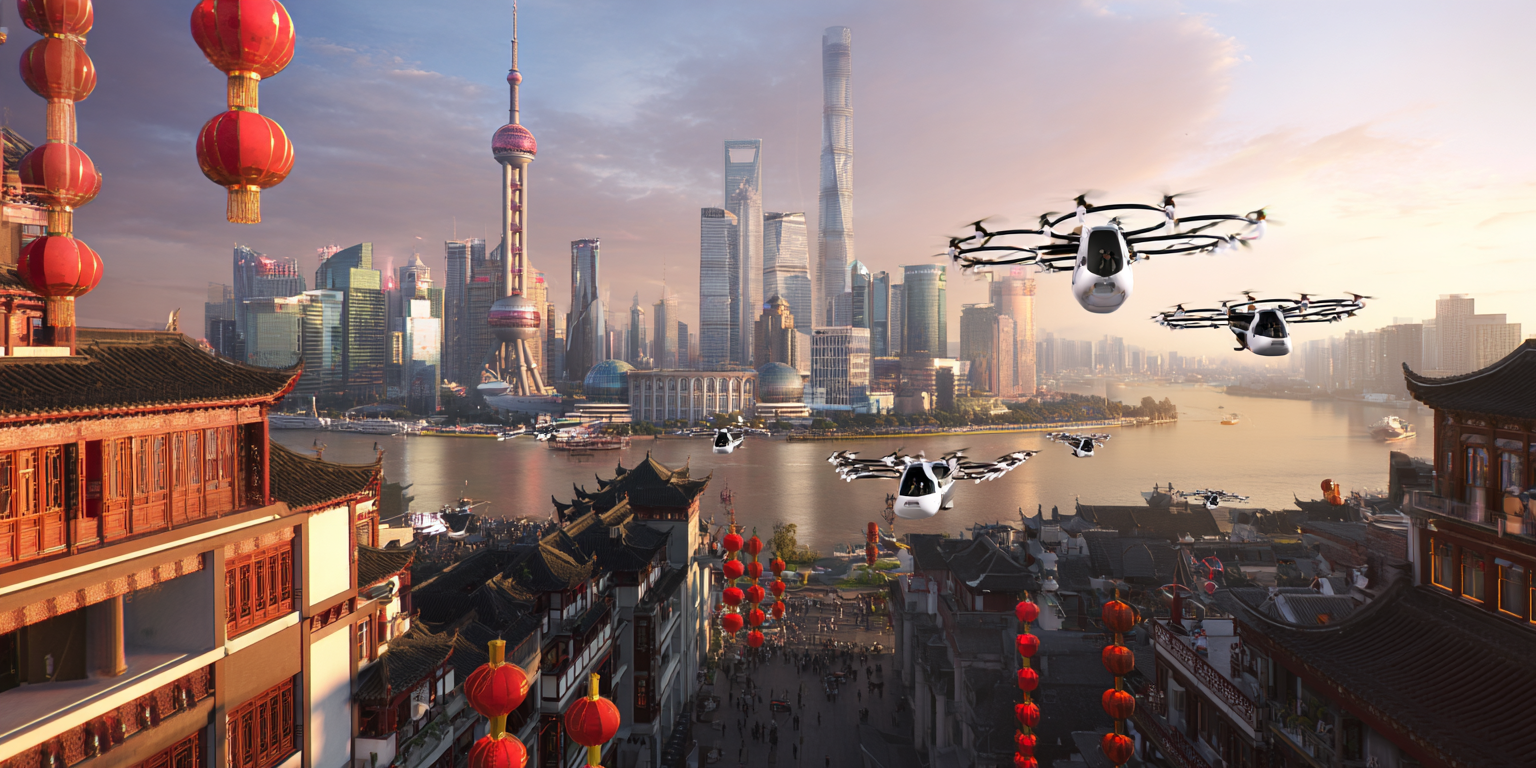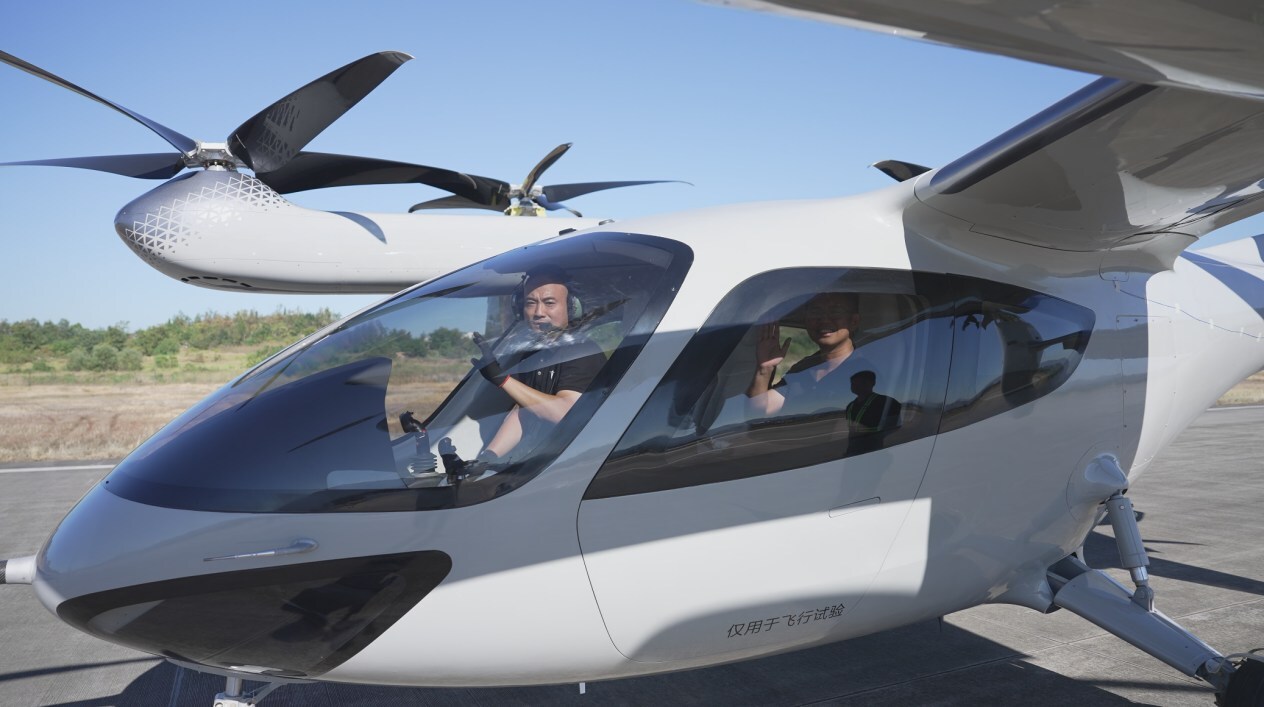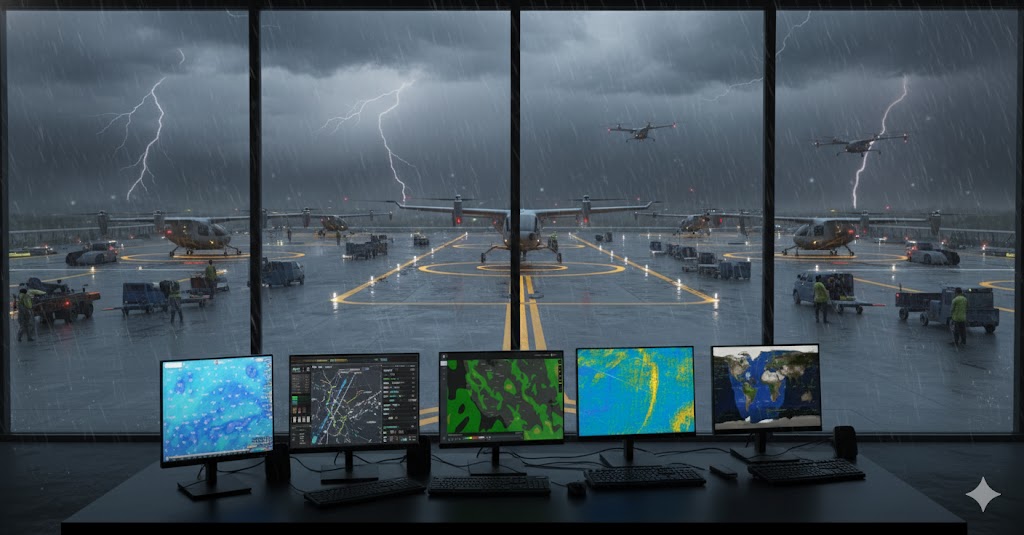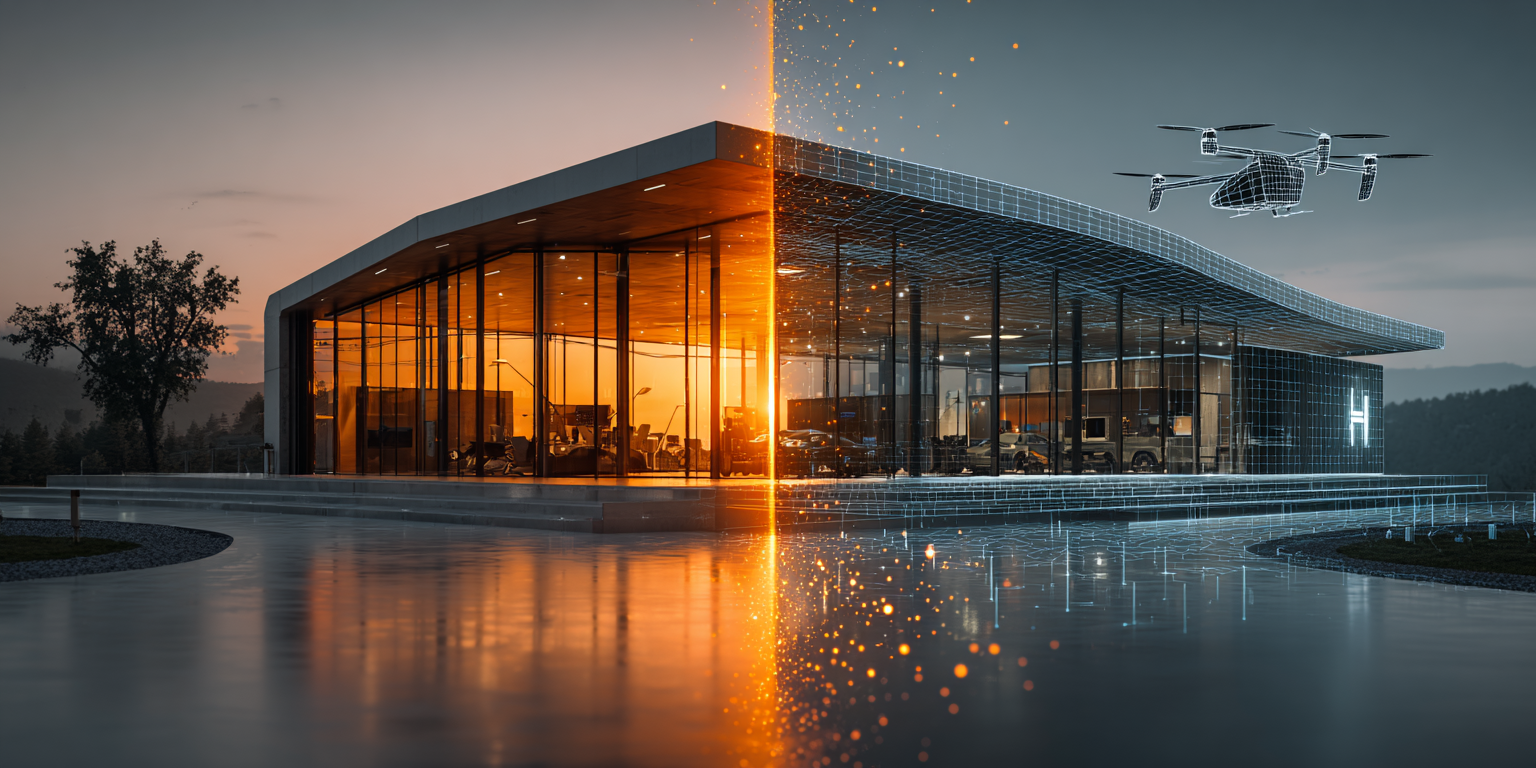The sleek, electric aircraft lifted off from Salinas, California on a humid August morning and stayed airborne for 31 minutes. When it touched down, Archer Aviation had just completed something significant: the longest piloted flight yet for its flagship Midnight eVTOL, covering 55 miles at speeds exceeding 125 mph.
This wasn’t just another test flight. United Airlines’ CFO Mike Leskinen stood on the tarmac, watching the future of air travel unfold before his eyes. The airline has skin in the game here, having invested early in Archer’s vision of electric air taxis zipping between city centers and airports.
“I was impressed by how quiet the aircraft was,” Leskinen said after the flight. That quiet operation matters when you’re talking about aircraft that will operate in dense urban environments where noise complaints can kill a program faster than technical failures.
The Midnight Takes Flight
Archer’s Midnight represents one of the most promising entries in the crowded eVTOL space. The aircraft carries a pilot plus four passengers, weighs in at around 7,000 pounds maximum takeoff weight, and features an unusual configuration: six tilt propellers that rotate from vertical to horizontal as the aircraft transitions from hover to forward flight.
The latest specs tell an interesting story. The Midnight now demonstrates a cruise speed of 150 mph and a range pushing toward 100 miles, though most missions will likely fall in the 20-50 mile sweet spot. The aircraft operates at about 2,000 feet during cruise flight and produces just 45 decibels of noise in forward flight, quieter than most city traffic.
What makes this aircraft different from a helicopter? The distributed propulsion system spreads the load across twelve electric motors powered by six independent battery packs. If one motor fails, the others keep flying. If one battery pack dies, five others pick up the slack. Redundancy is built into every system.
The 55-mile flight used conventional takeoff and landing rather than the vertical capability that gives eVTOL aircraft their name. But recent test runs have pushed the Midnight to nearly 150 mph, suggesting the aircraft has more performance in reserve.
Racing Against Time and Competition
Archer faces fierce competition in the urban air mobility industry. Joby Aviation leads in many metrics, with more flight hours logged and seemingly faster progress toward FAA certification. Their S4 aircraft promises a 150-mile range and 200 mph top speed, numbers that make Archer’s Midnight look modest by comparison.
Then there’s Lilium from Germany, taking a completely different approach with ducted fans instead of exposed propellers. The Lilium Jet targets regional routes up to 150 miles, positioning itself above the urban air taxi market where Archer plans to compete. But that complexity comes with engineering challenges that could delay production timelines.
Vertical Aerospace rounds out the major players, though they face their own hurdles in bringing aircraft to market. The race isn’t just about who flies first; it’s about who can scale manufacturing, navigate regulations, and build sustainable business models.
How does Midnight’s updated range and speed compare to Joby’s production specs?
Midnight cruises around 150 mph with practical route lengths in the 20 to 50 mile band, while published materials also cite roughly 100 miles in forward flight under favorable conditions; Joby’s production baseline lists up to 200 mph and about 100 miles including reserves. In short, Midnight trades absolute speed and range for rapid turnarounds on short urban hops, while Joby advertises higher top-end performance over about 100 miles.
Midnight specs today
Archer positions Midnight for high-frequency urban shuttles, targeting a cruise near 150 mph with mission lengths centered on 20–50 miles to protect battery life and turnaround time. Directory and reference writeups also describe up to about 100 miles in forward flight, framing that as a maximum figure rather than the daily planning range. The recent 55-mile, 31-minute piloted flight ran at speeds over 126 mph and confirms the aircraft’s envelope for city-to-airport legs without stretching the battery to extremes.
Joby production baseline
Joby’s production aircraft is published at up to 200 mph with about 100 miles of range, including reserves, and carries a pilot plus four passengers, which sets a higher speed ceiling and similar nominal range on paper. Company materials and program updates continue to reference that 200 mph and 100-mile baseline as Joby moves through certification work and early deliveries.
What it means for you
If you plan for short city hops with fast charging and many turns per day, Midnight’s 20–50 mile planning band at a 150 mph cruise is the profile to use, with the 55-mile run showing a healthy margin for typical urban routes. If you need higher cruise speed and roughly 100-mile missions with reserves baked in, Joby’s published production specs set the performance bar higher on speed while holding similar nominal range.
Building Toward Commercial Reality
Archer’s program timeline looks aggressive but achievable. The company operates four test pilots who fly regular missions in the Midnight, indicating a mature testing program rather than occasional demonstration flights. The next phase focuses on increasing speed, extending flight duration, and testing mission profiles that mirror early commercial operations.
The company’s Launch Edition program provides a pathway to revenue before full FAA certification. Archer has signed agreements to deploy Midnight aircraft in three countries: the UAE with Abu Dhabi Aviation, Ethiopia with Ethiopian Airlines, and Indonesia with PT. Industri Ketahanan Nasional. These partnerships allow Archer to generate cash flow and operational experience while working through the lengthy U.S. certification process.
Manufacturing scale presents the next challenge. Archer built a high-volume production facility in Georgia designed to produce aircraft at rates that make economic sense. You can’t build sustainable air taxi operations with artisan-crafted aircraft that cost millions each. The industry needs to reach automotive-style production volumes to hit price points that work for commercial operators.
The Path Forward
The 55-mile flight milestone matters because it demonstrates operational capability approaching what early commercial routes will require. A flight from Manhattan to JFK Airport covers about 25 miles. Downtown Los Angeles to LAX runs roughly 20 miles. Most urban air mobility routes will fall well within the Midnight’s demonstrated range.
Archer CEO Adam Goldstein watched the record flight from the tarmac. He captured what this means for the company: “Crossing the 50-mile mark at speed is another clear step toward commercialisation that shows the maturity of our programme.”
The company raised roughly $2 billion to date, providing a runway to execute its vision. They’ve secured the exclusive air taxi provider contract for the 2028 Olympic Games in Los Angeles. The pieces are falling into place for commercial operations to begin soon.
But challenges remain. FAA certification for new aircraft categories moves slowly, even when the technology works perfectly. Infrastructure for charging and maintenance needs to be built from scratch. Public acceptance of flying taxis over busy cities requires careful handling of safety and noise.
